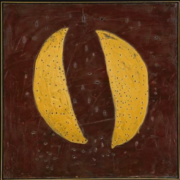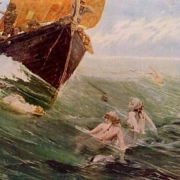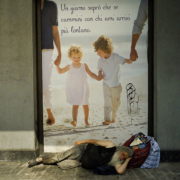The present issue deals with three closely connected arguments: adolescence, group and accidents.
When adolescence from a latent quietude bursts onto the scene, it evokes metaphors that more often than not have to do with the negative effects of trauma. The transformations that come about in puberty brusquely invading the experience of the Self, are often seen as an accident (‘adolescence suddenly hit me’, explains a young girl pointing to her chest with a frightened air of someone who had been hit by a car) these transformations have a certain momentousness on the continuity of existence.
Similarly, the accident –the primary cause of death between the ages of 15 and 24 years, is not as it seems a casual event, but is an expression of ‘acting-out’, in other words an action with two sides to it, both equally significant, on one hand the action offers the subject a flight from awareness, and on the other, stages a trauma without speech.
When we consider the group we wonder what relation there is between group, adolescence and accidents. Frequently, parents and teachers ask themselves (and ask us also), what are the risks connected to the adolescent and the group, often threateningly seen as a ‘gang’.
We have observed that adults usually see the adolescent/individual (‘their’ son or‘their’ pupil), substantially level-headed and the group of adolescents as a risk factor. On the contrary, adolescents perceive the relation between risk and group in a completely different way: failing a year at school, bad health or losing the affection of their parents is not a priority problem. The most extreme risk for an adolescent is losing his/her place in the group, and so he/she believes it’s worth the trouble to expose oneself to Read more








